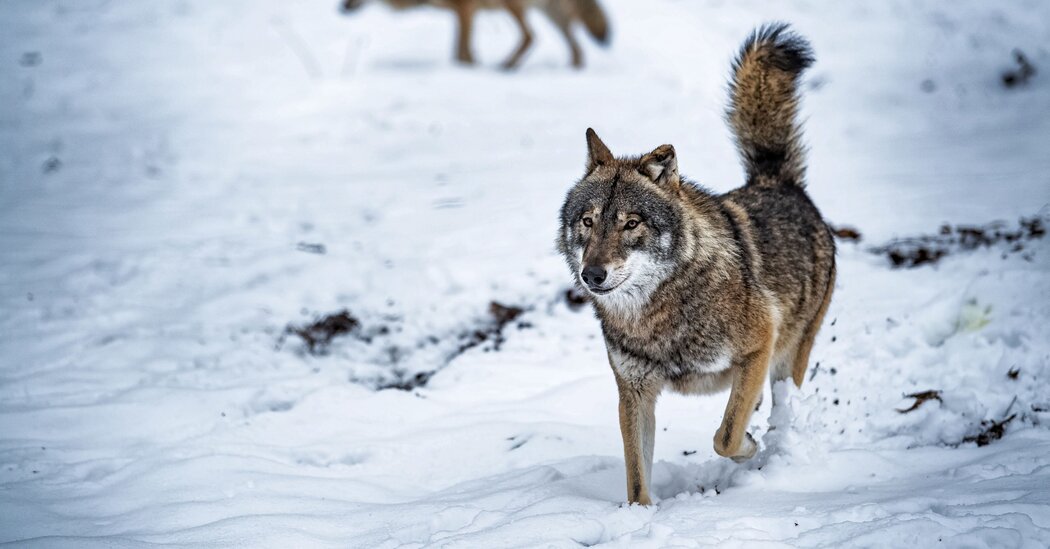
Fear of the “big bad wolf,” a fixture of fairy tales, runs deep in popular culture. And just as the animals are recovering from generations of culling that aimed to protect humans and livestock from the highly social and predatory canines, people worry that wolves are becoming less fearful of us.
But how much wolves fear humans has not been tested in any scientific way, said Liana Zanette, a predator ecologist at Western University in Ontario. So she worked with colleagues who designed an experiment that they described on Thursday in the journal Current Biology.
They did their work in the Tuchola Forest of northern Poland, a popular destination for tourists and mushroom foragers. It is also home to 15 packs of wolves that prowl its terrain, hunting prey like deer and wild boar.
Maciej Szewczyk, a biologist at the University of Gdansk, chose sites at intersections along forest roads, places known to have high wolf traffic. He and his colleagues mounted motion-activated camera-speaker systems high in the trees. Once triggered, cameras began recording, and after a short delay, the animals heard one of three audio playbacks. Voices of men and women speaking calmly in Polish were the experimental treatment. Dogs barking and benign bird calls were the controls. The researchers documented in numerous video clips whether the animals ran, and how quickly they fled.



